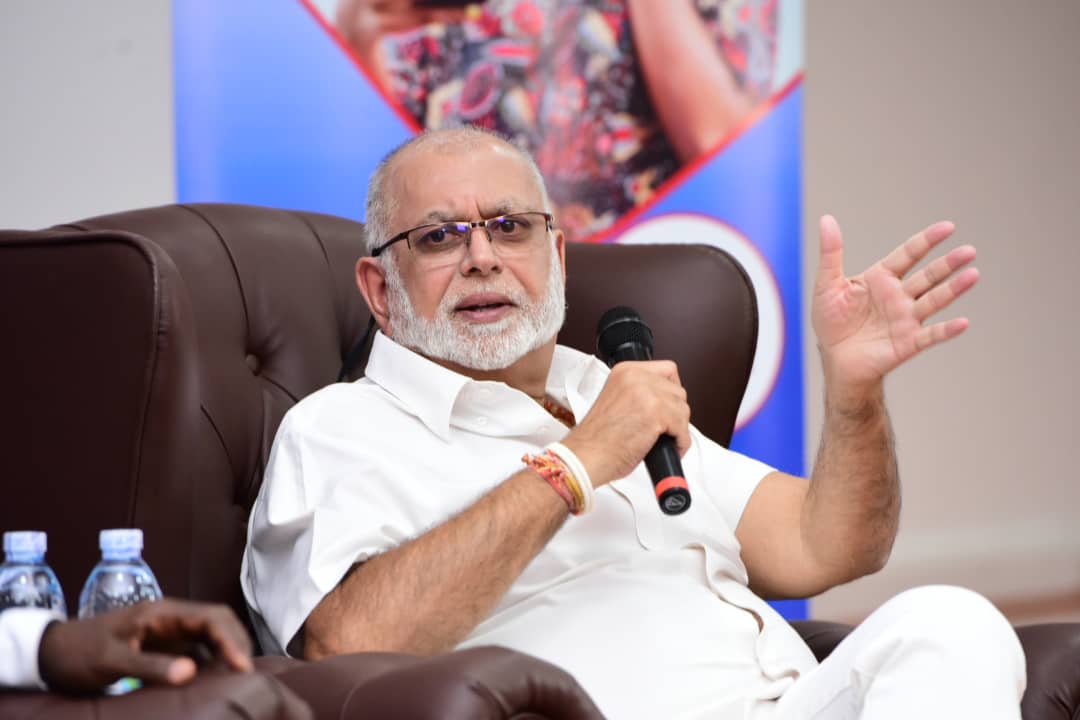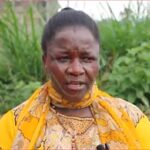More children have flooded city streets in the last two months despite efforts by authorities to evict and rehabilitate them, sparking mixed reactions about their safety.
The children, who have made begging their mainstay, commute from their various places of abode in city slums every morning to storm the streets in search of a fortune.
They rely on good Samaritans for handouts. They position themselves at strategic places such as traffic lights and busy streets to try out their luck for the day.
However, some of them can be violent, especially to motorists who fail to give them some money. They scratch their vehicles with metals or smash side mirrors.
The children are also exposed to multiple health hazards among which are sexual abuse, scorching sunshine and accidents.
Authorities claim that these children are trafficked from the Karamoja Sub-region and brought to the city centre by unknown people whose intention is yet to be ascertained.
But social analysts and politicians argue that the children are pushed to the city due to the biting poverty levels in Karamoja, adding that the government should first address such push factors to control the influx of these children on streets.
The Ministry of Gender and Kampala Capital City Authority (KCCA) have previously carried out operations to evict the street children, rehabilitate and reunite them with their parents only for the children to return.
But there have been reports of the rehabilitation centres having inadequate space and resources to accommodate the rescued children, something that compels some of them to run away before they get psychological support and vocation skills.
The children stay in these rehabilitation homes for three to four months, where they undergo rehabilitation, reconciliation, resettlement, and reintegration.
During the launch of the Kampala Capital City Protection Ordinance 2022, which KCCA launched in June, the chairperson of Napak District, Mr John Paul Kodot, asked for more support towards the operation of rehabilitation centres.
For instance, he cited Koblin Youth Rehabilitation Centre, which he said lacks capacity to accommodate the rescued children.
“The centre can only hold 60 children but sometimes we receive about 100. The government should look into the possibility of expanding it so that the children can be rehabilitated well,” Mr Kodot said. He called for empowerment of the Karimojong by introducing projects that can improve their livelihoods and subsequently stop them from going to streets to eke out a living.
The spokesperson of the Ministry of Gender, Mr Frank Mugabi, admitted that some of the rehabilitated children tend to return to the streets but attributes this to the mindset that children develop overtime while living there.
Mr Mugabi also said the little time children spend in rehabilitation centres could be a trigger to their return to the streets.
He said children who have been evacuated from the streets need to be given enough time to adapt to the new environment and embrace the new values that will erase memories of their past.
However, he said the ministry and other partners have successfully evacuated children who have since changed and now have a better life.
Though the government had pledged Shs3b to the ministry for the rehabilitation of street children, Mr Mugabi said the money has never been released but acknowledged the fact that lobbying is still ongoing.
Stakeholders had anticipated to use this money to improve the rehabilitation facilities and also construct others and equip them with relevant tools to support the evacuated children.
Mr Mayanja said the authority is fully committed to enforcing the Kampala Capital City Protection Ordinance 2022 to protect the rights of children.
“We have previously arrested some people involved in trafficking of these children and we will not give up because these children deserve better and their rights must be respected,” he said.
Way forward
Mr Mugabi said the ministry will keep engaging the government to finance their rehabilitation programmes so as to rid the streets of children, arguing that aspects of rehabilitation and reintegration require money.
To address poverty, which is one of the push factors of children to streets, Mr Mugabi advised families to embrace the government’s poverty eradication programme like the recently launched Parish Development Model (PDM).
“We need to also keep sensitising parents on how to handle children because we have found out that some of the children who return to the streets are those that are mistreated by their families. Children ought to nurture their children into better citizens instead of tormenting them,” Mr Mugabi said.
Mr Stanley Opus, the advocacy manager at Dwelling Places, an NGO dedicated to rescue and rehabilite street children, said child trafficking calls for continuous engagement with stakeholders, including the government and stakeholders to ensure safety of children.
“Sensitisation has been done but we must not give up. The implementation of the existing laws should also continue and perpetrators should be punished. Local governments should consider passing by-laws against child trafficking to curb the vice and involve communities to completely fight it,” Mr Opus said.
However, he challenged the government to look at street children as a matter of urgency and address the push factors in Karamoja where he said majority of the street children come from.
Mr Opus added that ignoring such factors will worsen poverty in the region and force children to storm streets.
![]()




























